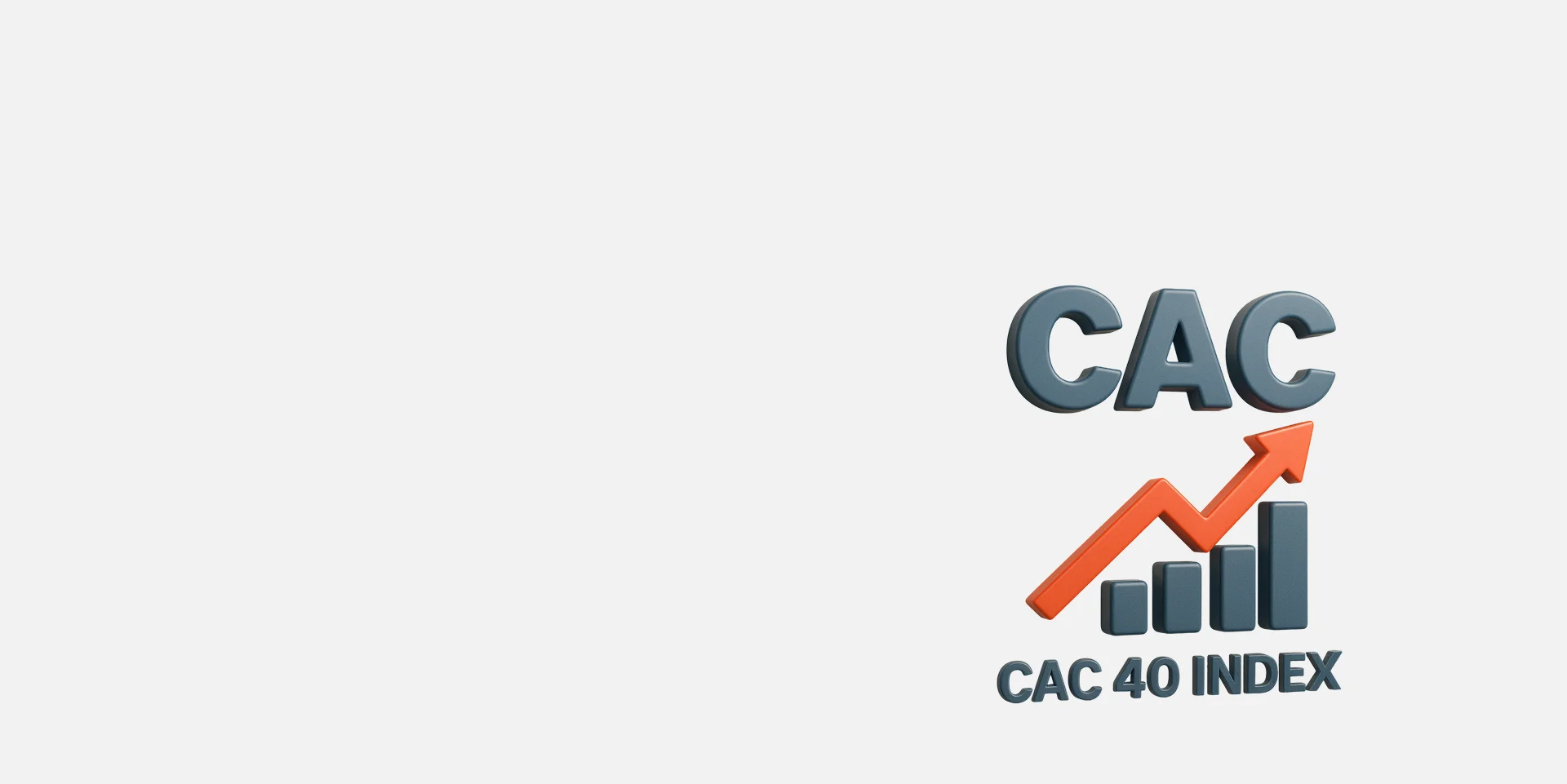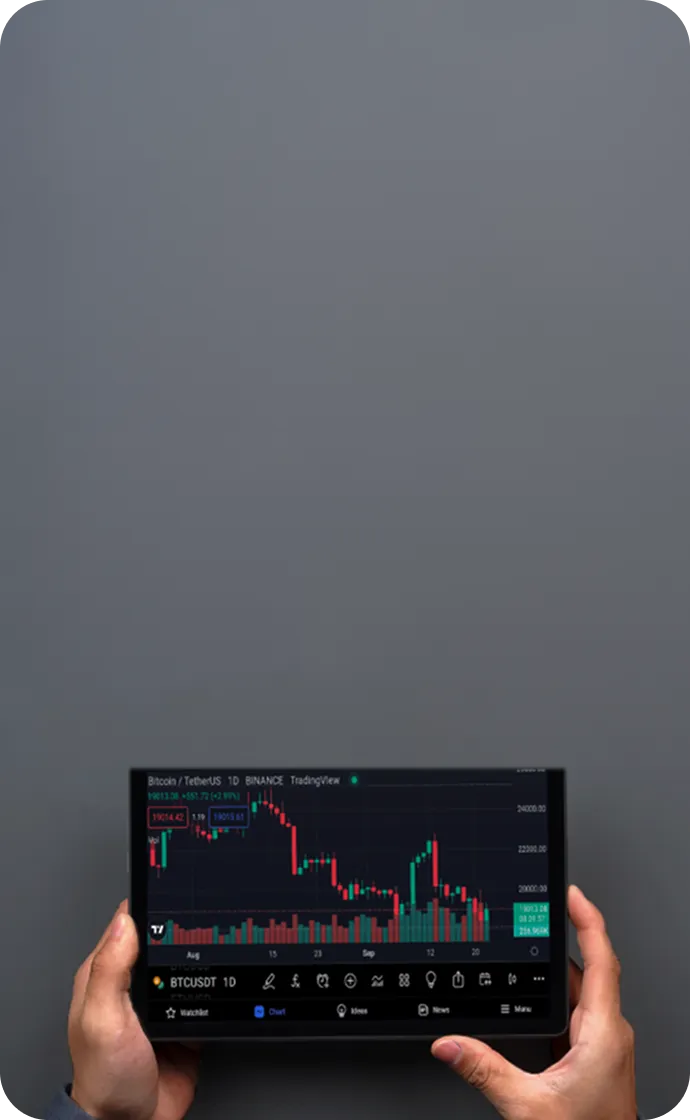

Trading the CAC 40 Index: A Comprehensive Guide
The CAC 40 is France’s premier stock market index and a key benchmark for the European economy. It comprises 40 of the largest and most influential companies listed on the Euronext Paris exchange. This index offers a clear indicator of France’s economic health and is widely favored by traders globally. Whether you are a novice or a seasoned investor, mastering how to trade the CAC 40 can unlock a range of diverse trading opportunities.
What Is the CAC 40 Index?
The CAC 40 Index (Cotation Assistée en Continu, or "Continuous Assisted Quotation") represents the 40 largest market capitalizations listed on the Euronext Paris exchange. It serves as a key barometer of the French economy’s performance and is a crucial benchmark for European financial markets.
Key Highlights
Composition: Includes 40 blue-chip companies spanning multiple sectors.
Performance Indicator: Reflects the overall health and trends of the French economy.
Global Influence: Impacts and mirrors movements in European and global markets.
Trading the CAC 40
Traders can access the CAC 40 through various instruments, each offering distinct benefits and considerations:
CFD (Contract for Difference) Trading
CFDs enable speculation on the index’s price fluctuations without owning the underlying shares.
Flexibility: Allows profiting from both bullish and bearish market movements.
Leverage: Control larger exposure with a smaller margin requirement.
Risks: Leverage magnifies both potential gains and losses.
Index Futures
Futures contracts are standardized agreements to buy or sell the CAC 40 at a specified future date.
Precision: Best suited for experienced traders with comprehensive market expertise.
Cost Efficiency: Typically involves lower transaction costs compared to other trading methods.
Complexity: Demands solid knowledge of derivatives and futures markets.
ETFs (Exchange-Traded Funds)
ETFs replicate the performance of the CAC 40, offering a straightforward option for long-term investors.
Examples: Lyxor CAC 40 ETF, iShares CAC 40 UCITS ETF.
Advantages: Lower risk exposure and minimal active management required.
Disadvantages: Less flexibility compared to direct index trading.
Options Trading
Options grant the right, but not the obligation, to buy or sell the index at a predetermined strike price.
Flexibility: Useful for hedging strategies and speculative plays.
Knowledge Requirement: Requires advanced understanding of derivative instruments.
Key Trading Strategies
Trend Following
Trade in alignment with the prevailing market trend.
Utilize technical indicators such as moving averages to validate trends.
Patience and discipline are essential for this approach.
Breakout Trading
Initiate positions when the index breaches key support or resistance levels.
Confirm signals with volume and momentum indicators.
Particularly effective during periods of elevated volatility.
News and Economic Indicator Trading
Monitor French and European economic releases for trading insights.
Key indicators include GDP growth, unemployment figures, industrial output, and consumer confidence indices.
Essential Trading Considerations
Factors Influencing CAC 40 Movements
Monetary Policy: Decisions by the European Central Bank (ECB).
Government Policy: French fiscal policies and regulatory reforms.
Global Economic Trends: Worldwide economic and geopolitical developments.
Corporate Earnings: Financial performance of leading French corporations.
Risk Management Techniques
Implement stop-loss orders to limit downside risk.
Limit exposure to 1-2% of total trading capital per position.
Diversify trading strategies to reduce risk concentration.
Maintain a comprehensive trading journal for performance review and strategy refinement.
Best Practices for Trading the CAC 40
Continuous Education
Keep abreast of market developments and economic news.
Participate in webinars and training sessions to enhance trading skills.
Regularly review financial news and expert market analysis.
Practice with Demo Accounts
Test trading strategies without financial risk before committing real capital.
Familiarize yourself with platform functionalities and trading tools.
Psychological Preparation
Develop emotional discipline to manage trading stress.
Accept losses as part of the trading process and learn from them.
Potential Challenges
High Volatility: Rapid price swings can increase risk exposure.
Complex Economic Dynamics: Requires understanding of both domestic and international economic factors.
Market Disruptions: Unexpected geopolitical events or financial crises may impact trading conditions.
Continuous Monitoring: Active trading demands ongoing attention and market analysis.
Recommended Knowledge Base
Before trading the CAC 40, ensure proficiency in:
Fundamental market mechanics and key economic indicators.
Technical analysis techniques and charting tools.
Risk management frameworks and trading methodologies.
Trading the CAC 40 index presents multiple profit opportunities through CFDs, ETFs, futures, or options. Achieving success requires a thorough understanding of the index, disciplined risk management, and continuous education. Equipped with the right tools and strategies, traders can effectively navigate this benchmark index and capitalize on its price movements.
Ready to start trading? Explore TMGM’s advanced trading platforms and competitive spreads to unlock your trading potential today.
Trade Smarter Today






Account
Account
Instantly



